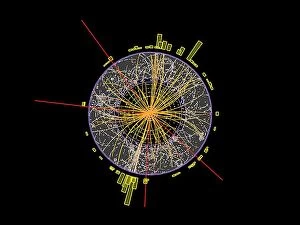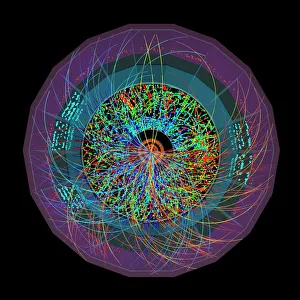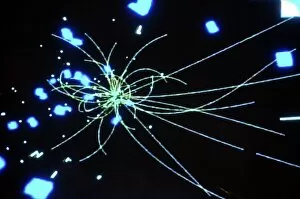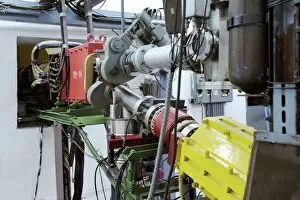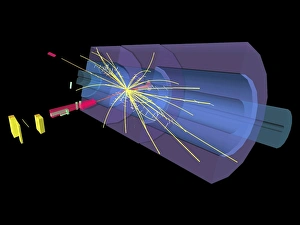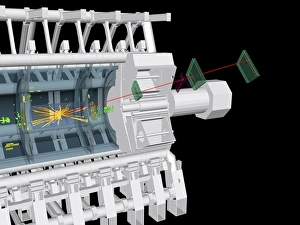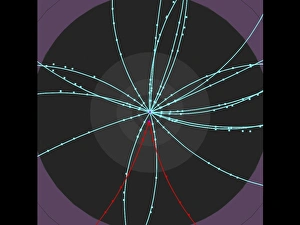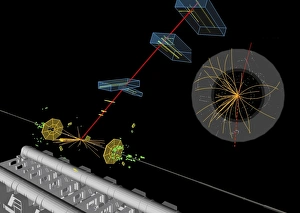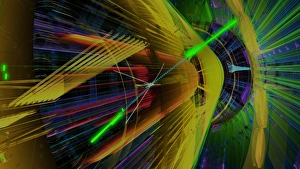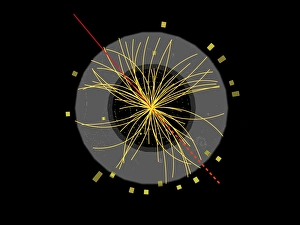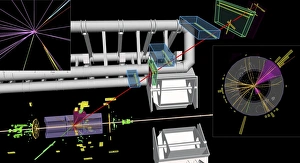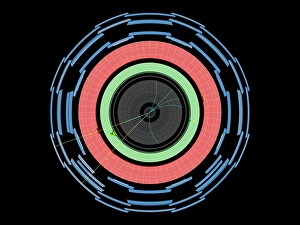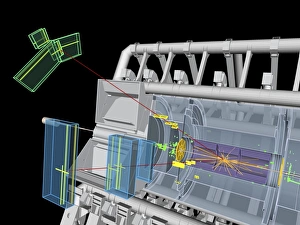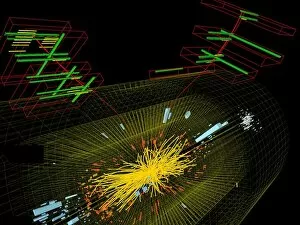Fundamental Particles Collection
Exploring the Mysteries of Fundamental Particles: Unveiling the Secrets of the Universe In a world where science and curiosity intertwine
All Professionally Made to Order for Quick Shipping
Exploring the Mysteries of Fundamental Particles: Unveiling the Secrets of the Universe In a world where science and curiosity intertwine, particle physics research takes us on an exhilarating journey into the realm of fundamental particles. Delving deep into this captivating field, scientists have made remarkable discoveries through proton collision C014 / 1797, revealing hidden truths about our universe. One intriguing avenue of exploration lies in lead ion collisions. These powerful interactions provide invaluable insights into the behavior and properties of these minuscule building blocks that form everything we see around us. Through meticulous experimentation and analysis, researchers unravel complex mysteries surrounding these elusive particles. Artwork such as particle collision C018 / 0942 captures the essence of this scientific pursuit - a mesmerizing display showcasing the sheer power unleashed during lead ion collisions. It serves as a visual testament to humanity's relentless quest for knowledge and understanding. Equipped with cutting-edge technology like particle accelerator equipment, scientists push boundaries further than ever before. The precision and sophistication offered by these tools enable them to study intricate details within each collision event, leading to groundbreaking revelations about fundamental particles' nature. Another masterpiece artwork capturing lead ion collisions is depicted in C018 / 0943. This stunning representation encapsulates both beauty and complexity simultaneously – an artistic interpretation reflecting mankind's tireless efforts to comprehend our existence at its most elemental level. Not only limited to lead ions but also proton collisions play a pivotal role in unraveling secrets held by fundamental particles. Proton collision events like C014 / 1796, C014 / 1804, and C014 /1811 offer glimpses into previously uncharted territories within subatomic realms – expanding our knowledge with every impact observed. As we continue exploring this captivating domain, one thing remains certain: fundamental particles hold immense significance in shaping our understanding of reality itself. From their enigmatic behaviors to their profound influence on cosmic evolution they can key to unlocking the secrets of the universe.

